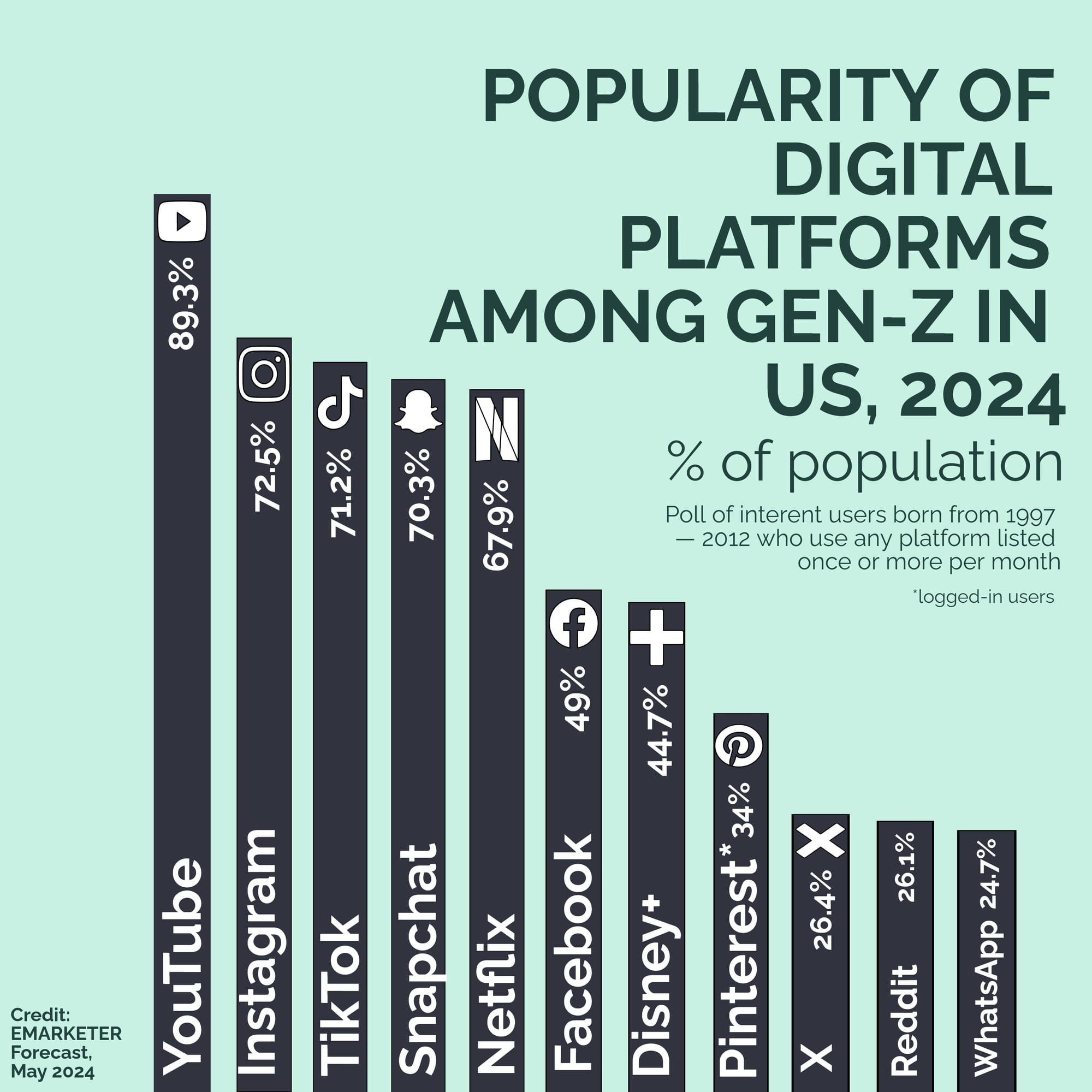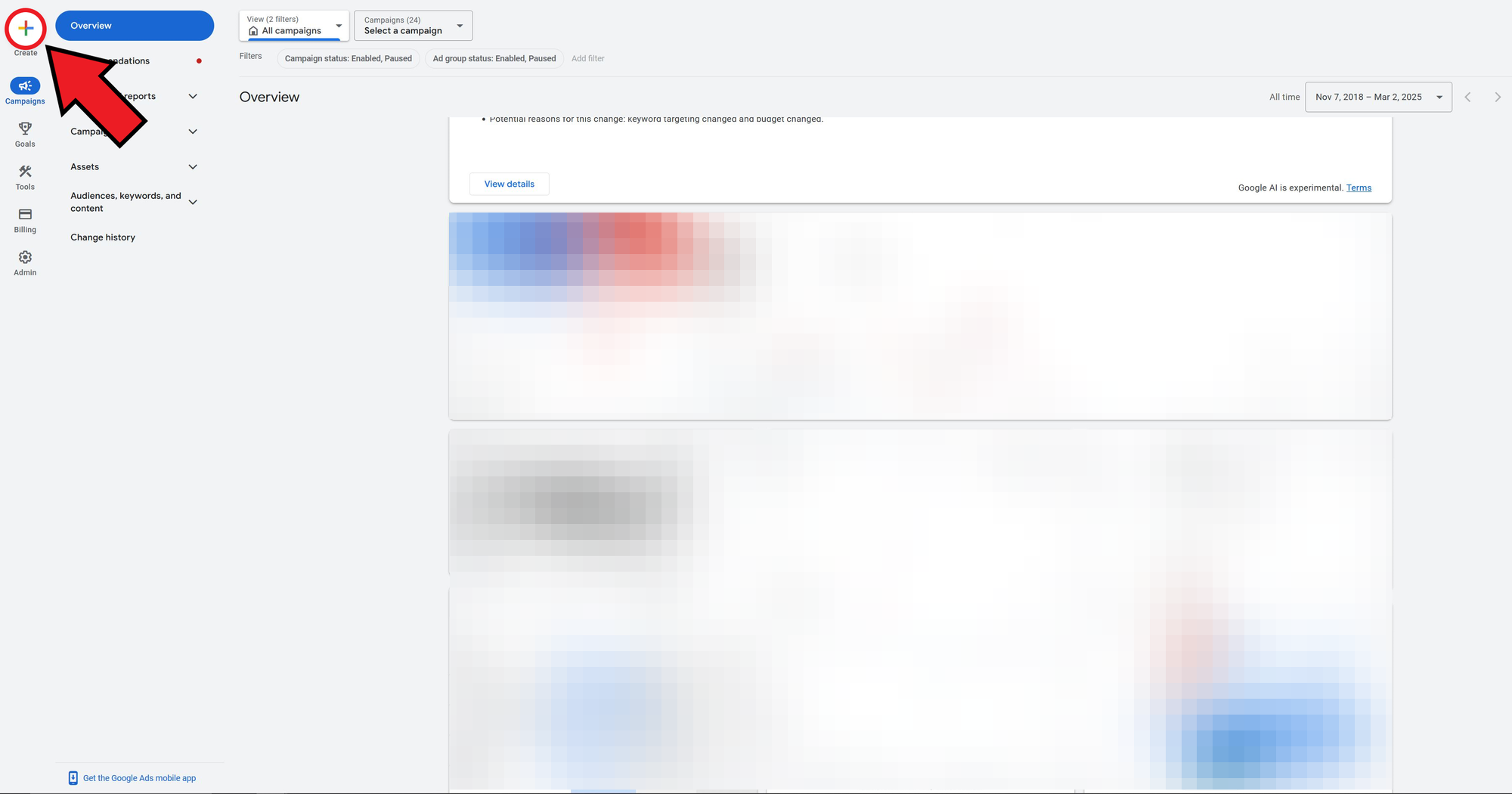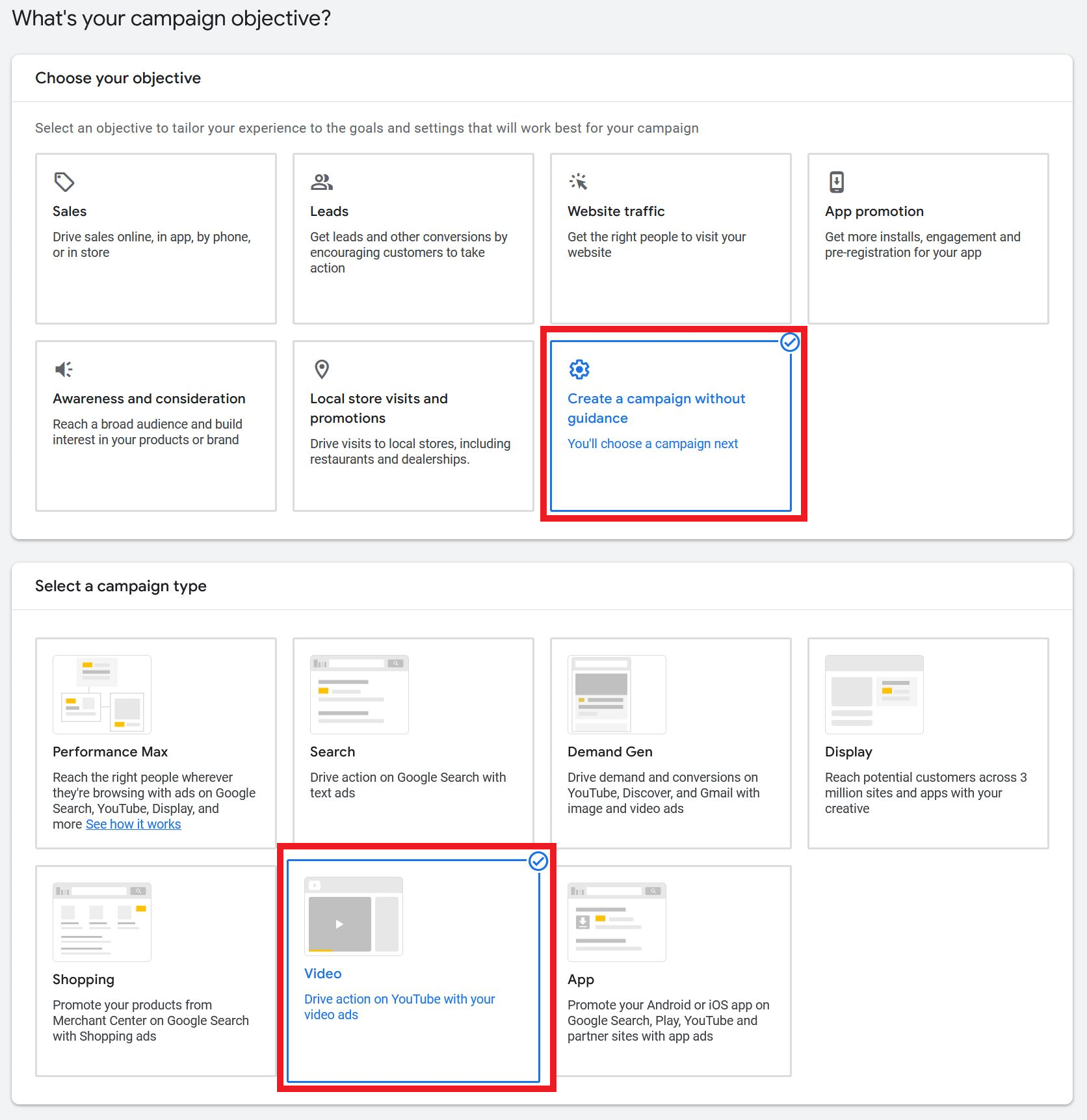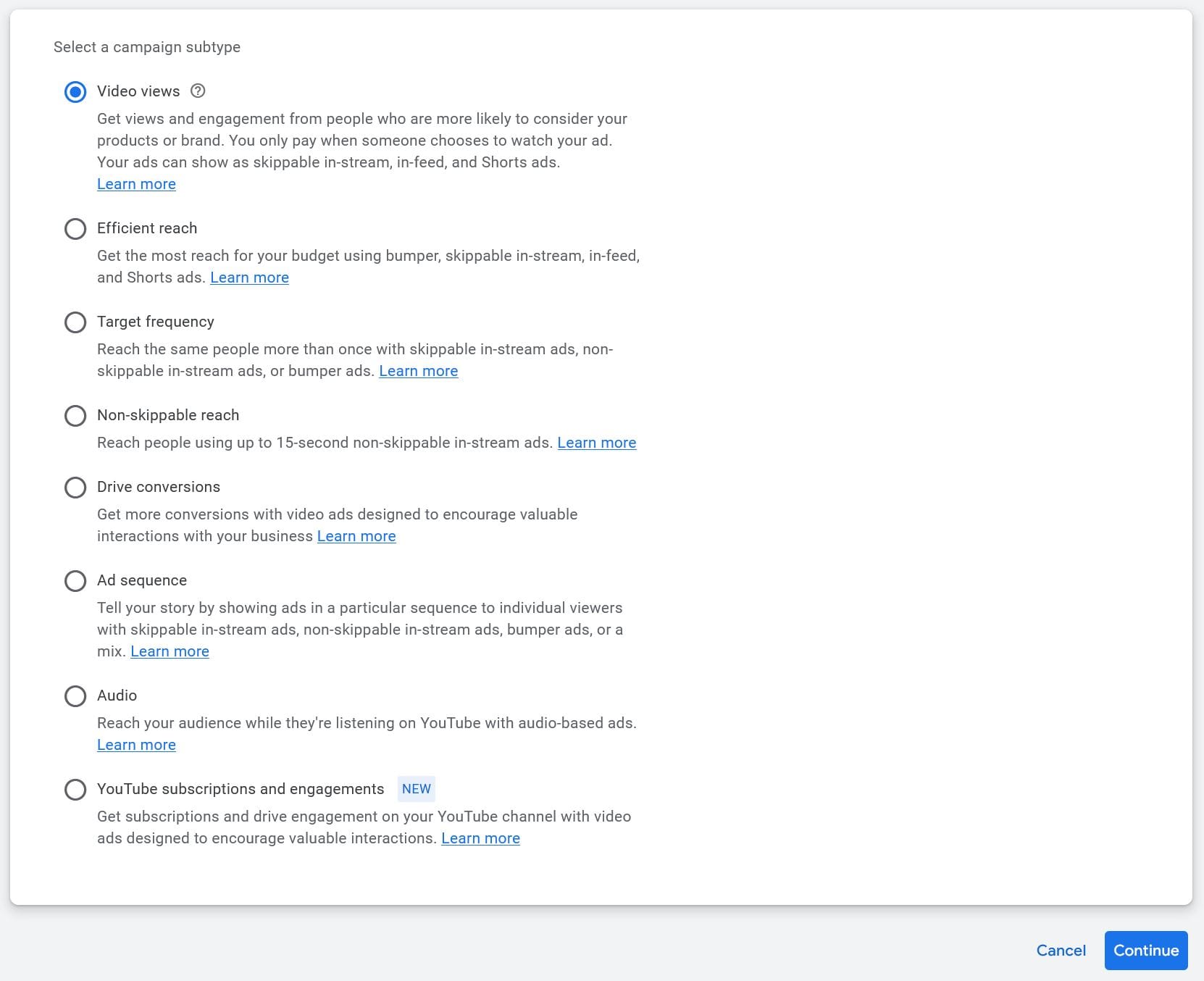How to Use an Existing YouTube Video as a Pre-Roll Ad
The smart way to run a pre-roll ad campaign

Since their introduction in 2009, YouTube pre-roll ads have set the standard for online video advertising on long-form video platforms. In 2025, creators are taking a new approach, repurposing existing YouTube videos as pre-roll ads to increase exposure and reach their target audience more effectively.
Why advertise on YouTube? As the most-used mobile app by active users and total time spent, YouTube offers an unmatched opportunity to reach potential viewers. It also ranks second in consumer spending on mobile apps, just behind TikTok, meaning users are not only engaged but also willing to invest in content.
Unlike traditional advertising on TV or radio, YouTube pre-roll ads allow for precise targeting, ensuring your message reaches the right audience at the right time. Plus, by placing your ad in front of content that viewers have intentionally chosen to watch, you create a more personal and impactful advertising experience.
In this guide, we’ll break down how pre-roll ads work, the required ad specs, and how to use an existing YouTube video as a pre-roll ad. We’ll also cover ad length requirements, pricing details, and best practices to help you maximize your results.

Table of Contents
- What are Pre-Roll Ads on YouTube?
- How Do YouTube Pre-Roll Ads Work?
- How do I Run Them?
- How to Use an Existing YouTube Video as a Pre-Roll Ad
- Length and Specs Guidelines
- How Much Do YouTube Pre-Roll Ads Cost?
What are Pre-Roll Ads on YouTube?
Pre-roll ads on YouTube are video ads that play before the content a viewer intends to watch. They can be skippable or non-skippable, depending on campaign settings, and are a popular strategy for brands and creators looking to reach a specific demographic.
Because pre-roll ads appear before content a viewer has actively chosen to watch, they are more likely to capture attention compared to mid-roll or display ads. Advertisers can also use YouTube’s targeting tools to refine their reach based on interests, demographics, or specific video placements, ensuring their message connects with the right audience.
Whether you want to promote specific content, drive traffic to a website, or grow your channel, using a YouTube video as a pre-roll ad can be a cost-effective and powerful strategy.
Types of YouTube Pre-Roll Ads
There are three primary types of pre-roll ads on YouTube, each with different specifications:
- Skippable video ads: Allow viewers to skip after 5 seconds.
- Non-skippable ads: Must be watched before the main video plays. These ads typically range from 15 to 30 seconds in length.
- Bumper ads: Short, non-skippable ads that are up to 6 seconds long.
While YouTube also offers ad formats for YouTube Shorts, pre-roll ads are currently limited to long-form content.
How Do YouTube Pre-Roll Ads Work?
YouTube pre-roll ads allow marketers to deliver highly targeted video ads to the right audience, often to drive direct conversions. By placing relevant ads in front of viewers already interested in similar content, advertisers can capture potential customers at the right moment. For example, promoting your product on a competitor’s tutorial video can introduce your brand to an engaged and relevant audience.
A growing trend is using an existing YouTube video as a pre-roll ad. Whether it’s a polished product ad, a company introduction, or content from a personal channel, using an already-uploaded video ensures seamless optimization for YouTube ads without requiring extensive reformatting.
How do I Run Them?
Running a YouTube pre-roll ad is completed through Google Ads.
- To get started, sign in or create a Google Ads account.
- Then, launch a new video ad campaign.
- From there, you’ll set your budget, targeting preferences, and ad format before uploading your video.
Once your campaign is live, Google Ads will place your pre-roll ad on relevant videos based on your chosen audience and bidding strategy. If you’re using an existing YouTube video as your ad, simply paste the video URL into the campaign manager for quick setup.
How to Use an Existing YouTube Video as a Pre-Roll Ad
Creating an ad on YouTube starts with setting up a new ad campaign in Google Ads Manager.
- To begin, click the “+” icon at the top of the screen.

- Google will guide you through several setup steps based on your campaign goals. If you prefer to skip this and go straight to creating a YouTube video ad, select "Create a campaign without guidance" in the campaign objective menu, then choose "Video" under campaign type.

- The final setup step requires selecting a campaign subtype. Choose the option that best fits your needs to proceed.

- Once your campaign is generated, you can configure key details such as the campaign name, budget (calculated via cost per view), and target audience. These factors are crucial to your campaign's success, so take time to refine your strategy. When selecting a target audience, consider:
- Purchase Feasibility: Is your audience realistically able to buy your product?
- Product Availability: Is your product accessible everywhere? If not, decide whether to build recognition in low-use areas or focus on boosting sales in high-use regions.
- User Demographics: Which age groups and genders are most likely to engage with your product?
- Relevant Interests: What related interests do your potential customers have? Placing your ads in these areas increases relevance.
While it may be tempting to target a broad audience, a highly focused campaign is more effective. Ads that are not relevant to the viewer are more likely to be skipped.
- Near the bottom of the campaign setup screen, locate the Create your video ads section.
- Finally, uploading an existing YouTube video is simple. Simply paste the video URL into the campaign manager. If you want to add multiple videos, expand the Ad creation box and upload up to 30 different videos. However, to maintain a consistent message, it’s best to limit your campaign to 1-3 highly relevant videos.
Pro Tip: Finding a video that fits YouTube’s pre-roll ad length requirements can be challenging. An AI-powered YouTube clip maker can automatically identify key moments, select highlights, and stitch together clips — saving time and effort.
This is especially useful when repurposing long-form YouTube content (e.g., a 20-minute video) into an engaging, ad-ready format without the need for a full manual edit.

Length and Specs Guidelines
While using an existing video as a pre-roll ad simplifies the process, you'll want to ensure that your video meets YouTube's advertising guidelines for the best display on the platform.
- Video Size: 1920 x 1080 pixels (horizontal), 1080 x 1920 (vertical), 1080 x 1080 (square).
- Aspect Ratios: 16:9 (horizontal widescreen), 1:1 (square), 4:3 (horizontal).
- File Types: MPG, MOV, AVI, MP4, WebM, and more.
- File Size: Up to 128GB.
- Video Duration: Recommended 15-20 seconds. Pre-roll ads on TVs may be up to 30 seconds in length.
- Other Required Assets: Thumbnail image, video description, URL to website or landing page.
To streamline the process, consider using a free online video editor to trim long-form content down to the recommended 20-second length and a video resizer to ensure your content fits 1920 x 1080 pixels (horizontal), 1080 x 1920 (vertical), or 1080 x 1080 (square).
How Much Do YouTube Pre-Roll Ads Cost?
YouTube advertising costs depend on the ad format and level of targeting. Non-skippable pre-roll ads are typically more expensive than skippable ads, while 6-second bumper ads fall somewhere in between.
As of 2025, YouTube pre-roll ads generally cost between $0.11 and $0.50 per view. Small businesses often set a $10 daily budget, while larger companies may spend around $1,000 per month. These costs can be adjusted during campaign setup, where you can choose a daily budget or set a preferred cost per view.









